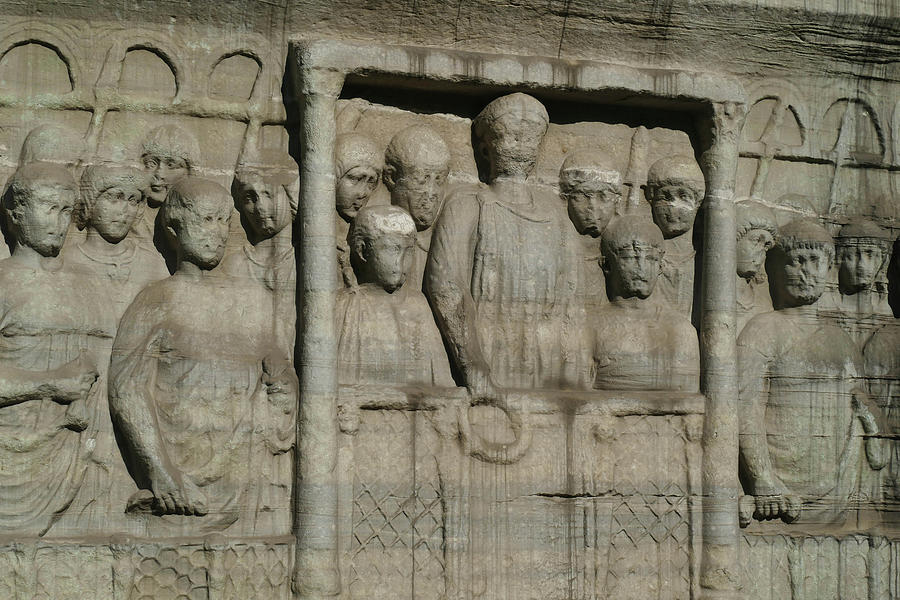
The factions were very much like the more fanatical sections of modern football stadiums, as the historian T.

There does not seem to have been any political or social significance to each faction, and so they functioned merely as a group of convenience that anyone could join and support.

To add even more interest to the races the four charioteers involved in each race represented four different factions which were represented by different colours: Blue, Green, Red, and White. Emperors regularly attended, too, seating themselves in the plush seats of the imperial box or kathisma. Musicians, dancers, acrobats, and animal trainers amused the crowd during race intermissions. Betting, of course, added a little extra spice to the proceedings for many spectators. Charioteers raced in three different categories of youths aged under 17, young men between 17 and 23, and men over 23 years of age. The chariot races - ranging from 8 to 25 over a particular games - were hugely popular with the masses and the charioteers were acclaimed as heroes, or at least those who won on a regular basis were. Located in the heart of the city right next to the Great Palace, which was the imperial residence, Constantine ensured there was even a connecting stairway between the two buildings to provide a physical link between the emperor and his well-entertained people. Consequently, he not only refurbished and extended the old circus when he switched the empire’s capital from Rome but he made sure to hand out cash and clothes to the crowd at his first race event. 306-337 CE) understood that the Hippodrome provided an unrivalled opportunity to show the people the emperor’s power, wealth, and generosity in lavish public entertainments that went on for days at a time, often coinciding with public holidays. 193-211 CE) funded the building of one there in the 3rd century CE.

Byzantium (which would become Constantinople) was no exception, and Emperor Septimius Severus (r. Many important Roman cities had an arena which, like the Circus Maximus of Rome, hosted thrilling chariot races for public entertainment.


 0 kommentar(er)
0 kommentar(er)
